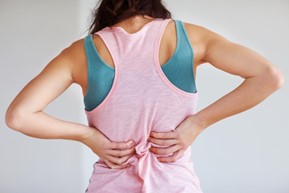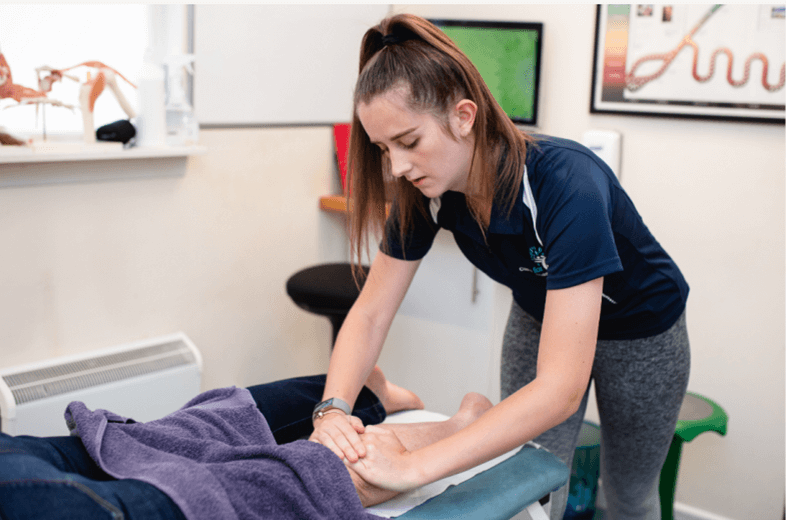Delayed Onset Muscle Soreness (DOMS)
Delayed onset muscle soreness (DOMS) is a common phenomenon experienced by many people after engaging in physical activities that involve repetitive or strenuous movements. This condition usually occurs a day or two after exercise and presents with muscle pain, stiffness, and tenderness. While DOMS is a natural response of the body to the stress of exercise, it can be uncomfortable and may affect one’s ability to perform daily tasks or continue with exercise.

Causes of Delayed Onset Muscle Soreness:
The exact cause of DOMS is not fully understood, but it is thought to be caused by microscopic damage to muscle fibres and connective tissues during exercise. This damage leads to inflammation, swelling, and increased sensitivity to pain. DOMS is more likely to occur when the exercise is novel, involves eccentric (lengthening) contractions, or is performed at a high intensity or duration.
Symptoms of Delayed Onset Muscle Soreness:
The symptoms of DOMS usually appear 24 to 48 hours after exercise and can last up to a week. These symptoms include:
- Muscle pain and tenderness: The affected muscles may feel sore, tender, and painful when touched or moved.
- Stiffness: The muscles may feel tight, and movement may be restricted.
- Swelling: The affected muscles may appear swollen and may feel warm to the touch.
- Reduced range of motion: The muscles may feel weak, and movement may be limited.

Treatment of Delayed Onset Muscle Soreness:
The good news is that DOMS usually resolves on its own, and no specific treatment is needed. However, there are some steps that you can take to alleviate the symptoms and promote recovery sooner:
- Rest: Avoid any activities that may aggravate the soreness and allow your body time to recover.
- Ice: Apply ice packs to the affected muscles to reduce inflammation and swelling.
- Massage: Gentle massage can help to relieve muscle soreness and promote blood flow to the affected area (make sure to get booked in with myself or Adam).
- Stretching: Gentle stretching can help to alleviate stiffness and improve range of motion.
- Hydration: Drink plenty of water to help flush out toxins and promote healing.

Prevention of Delayed Onset Muscle Soreness:
While DOMS is a natural response to exercise, there are some steps that you can take to prevent or reduce its severity:
- Warm-up: Always warm up before exercising to prepare your muscles for the activity.
- Gradual progression: Gradually increase the intensity and duration of your exercise to allow your muscles to adapt.
- Proper technique: Use proper technique when exercising to avoid unnecessary strain on your muscles.
- Cool down: Always cool down after exercising to help your muscles recover.
- Adequate rest: Allow your body time to recover between exercise sessions.
Overall, delayed onset muscle soreness is a common and temporary condition that occurs after exercise. While it can be uncomfortable, it is a natural response to the stress of exercise and usually resolves on its own. By taking some simple steps to prevent or reduce its severity, you can continue to enjoy the benefits of exercise while minimizing the discomfort of DOMS. If you are suffering from DOMS or need any advice on the best stretches to be doing get yourself booked in with Adam or Abi for an appointment.
Abi Wheatley, Sports Therapist

